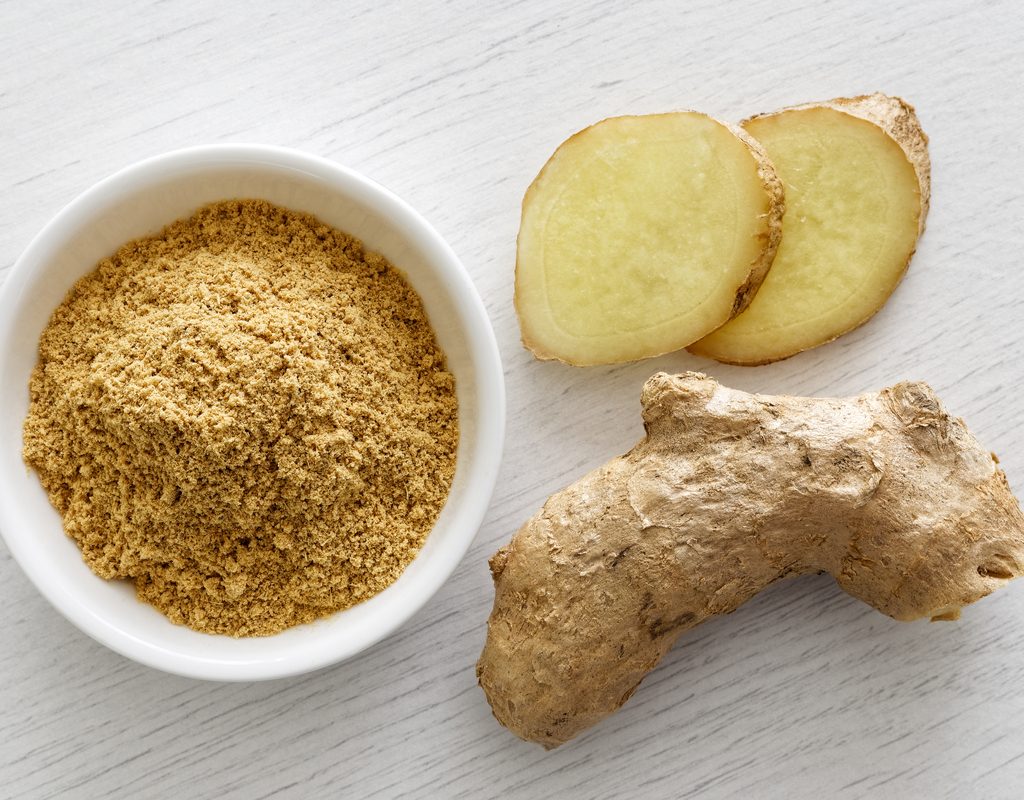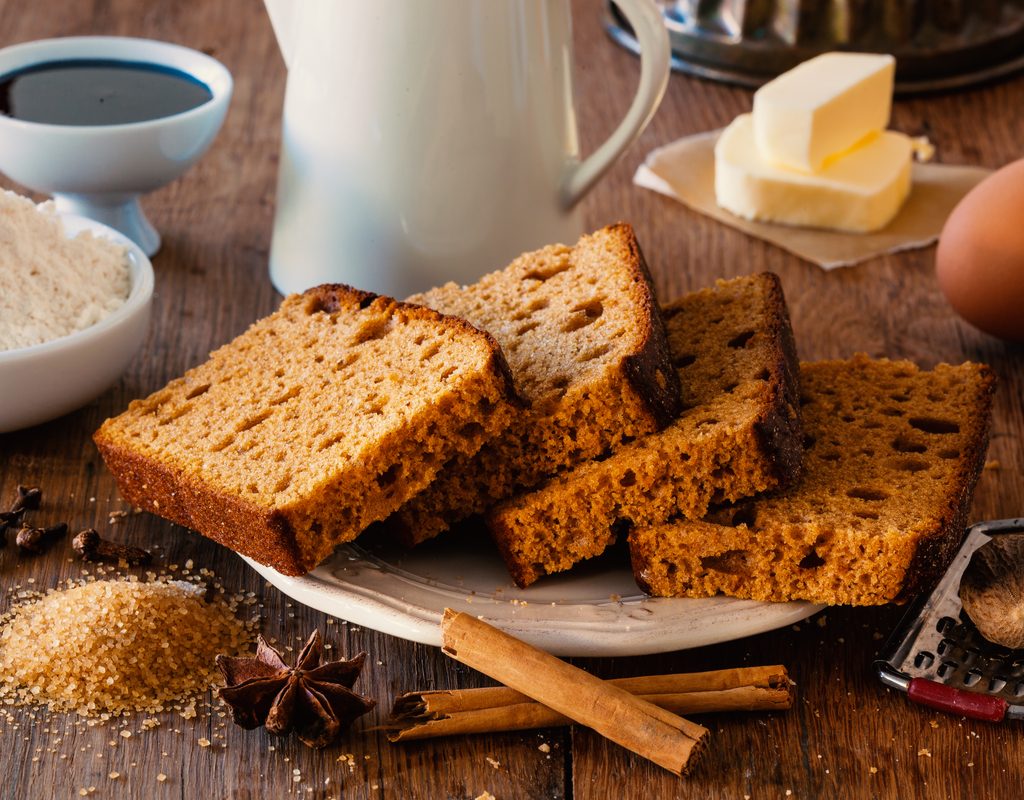Ginger root, ginger paste, ground ginger — if you’re a home chef, chances are you have one of these three in your cupboard or pantry. But if you don’t cook at home, what’s the point of having any fresh ginger around? Why grow it? It’s only an ingredient, right?
Not exactly. The usages for ginger root span far and wide, ranging anywhere from a simple cooking ingredient to a form of topical ginger that has added health benefits. And it’s not all that difficult to grow, either. If you’re looking to reap some of the rewards ginger has to offer, let’s breakdown the benefits and go over some of the less-thought-of uses.

Benefits of growing ginger at home
Ginger root has tons of nutrients and compounds that can greatly benefit your mind and body. When you grow ginger at home, you open the door to utilizing the healthy qualities this plant has to offer without having to spend lots of money on it at the grocery store (or possibly not finding any for sale at all).
Some of the best health benefits of ginger usage include:
- Contains gingerol, which has powerful anti-inflammatory and antioxidant effects.
- Potentially helps with weight loss.
- Reduces menstrual pain.
- Potentially improves brain function.
- Helps fight infections.
For a full list and breakdown of ginger’s health benefits, check out this piece from Healthline.
Is it easy to grow?
Ginger root can be grown both outdoors and indoors in containers — all you need is a hot, humid environment and to make sure you’re using nutrient-rich soil. In general, container plants will need more frequent fertilization than plants in garden beds, simply because the nutrients in the soil get depleted faster.
If you live in an area that can guarantee the hot, humid environment that ginger needs during the growing season, feel free to grow it in a garden bed! But if you’re thinking you want to transition it indoors to continue growing during the winter, it’s best to keep it in a container.
Light needs: Full sun to partial shade
Water needs: Regular watering, but don’t let the soil get soggy
Soil needs: Prefers well-draining soil that can retain moisture
So, with care tips in mind, what can you do with your fresh-grown ginger?
Cook with ginger
Cooking! It’s the most obvious, and perhaps the reason you weren’t buying ginger in the first place. But why not give it a try? Eating ginger in a meal can easily get you some of the health benefits this plant is known for.
Taste of Home has a pretty delicious-looking turkey ginger noodle soup recipe that takes about 20 minutes to prep and a little over four hours to cook. It makes eight servings, so whether you’re cooking for yourself or cooking for your family, it’s a great way to get some leftovers and easy lunches for a couple days.
Make your own ginger tea
A more relaxing use for ginger is to make some tea. It’s caffeine-free, which is perfect for a warm drink in the afternoons or evenings. Throughout history, ginger has been a popular plant used in herbal medicine. Ginger tea is a popular pick for soothing sore throats and coughs, as well as helping with inflammation and indigestion.
Making your own ginger tea from fresh, homegrown ginger is pretty simple. VeryWell even has a few different recipes and serving sizes you can choose from.
Take a fresh ginger bath (don’t worry, there’s water!)
Fresh ginger baths are another creative way to make use of the ginger root you grow at home. Ginger is said to help fight off infections, so if you don’t feel like whipping up some ginger tea to soothe your cold, try the bath method. All you have to do is fill your tub with hot water (as you usually would for a bath), add a half cup of freshly grated ginger, and soak for anywhere from 15 to 20 minutes. The benefits may not be as direct as they would if you were to ingest the ginger, but you’ll be able to enjoy the pleasant aroma while you soak.
Make a ginger paste
Ginger paste is a great way to use some of your fresh ginger root — after all, it’s just ginger ground up and mixed with a bit of oil. You’ve probably seen it at the store and have maybe even made a couple recipes that call for it. You may as well make your own if you’re growing it, anyway. Plus, like anything home-grown and homemade, the freshness is on your side. A dish made with fresh ginger paste versus some bought in a store can’t be beat.
With some homemade ginger paste on hand, you won’t have to peel and chop up fresh ginger root every time you want to add it to a dish. Sometimes, the workload of the day calls for some cutting corners. Pull out the homemade ginger paste from your fridge, and you’re good to go.

Mix up some homemade potpourri
You’re probably already familiar with the idea of potpourri: placing dried petals, spices, and other fragrant things into a bowl or pouch to add a lovely aroma to the room. But did you know you could make potpourri in a crockpot or in a pan on your stove? It’s true!
This method of potpourri involves heating up ginger and other fresh ingredients in some water on the stove or in a crockpot. Whatever you choose, the heat should be set to low. You’ll have to be mindful of the water level, adding more as-needed so that the ingredients don’t burn to the pot or pose a hazard. Like other kinds of potpourri, it can’t be used forever, and you should discard it when it starts to smell or look unappealing.
Make a ginger marinade
A ginger marinade is a great way to spruce up your meats and veggies. Where you would usually add spice while you’re cooking, you can instead prepare a marinade that incorporates some of your fresh ginger (and the health benefits that come with it!) and soak your ingredients overnight the day before. The marinade can be as simple as ginger, salt, and pepper, or you can use your preferred flavors and knowledge of what ingredients pair well and make your own.
Bake some gingerbread
Perhaps one of the best things you can do with ginger is bake! Perfect for the holidays or for anyone with a sweet tooth, using some of your fresh ginger will add a bit of health to the richness. Land O’ Lakes has a fluffy gingerbread loaf recipe you can make that’s perfect for special occasions or those “just because” moments when you feel like whipping something up.
And really, there’s so much more you can do with ginger! Ginger-infused water is refreshing for the summer and perfect for giving your body some more nutrients (and is also a good way to make use of that ginger paste you made). If you’re growing some ginger root, look around and see what uses suit you best.


